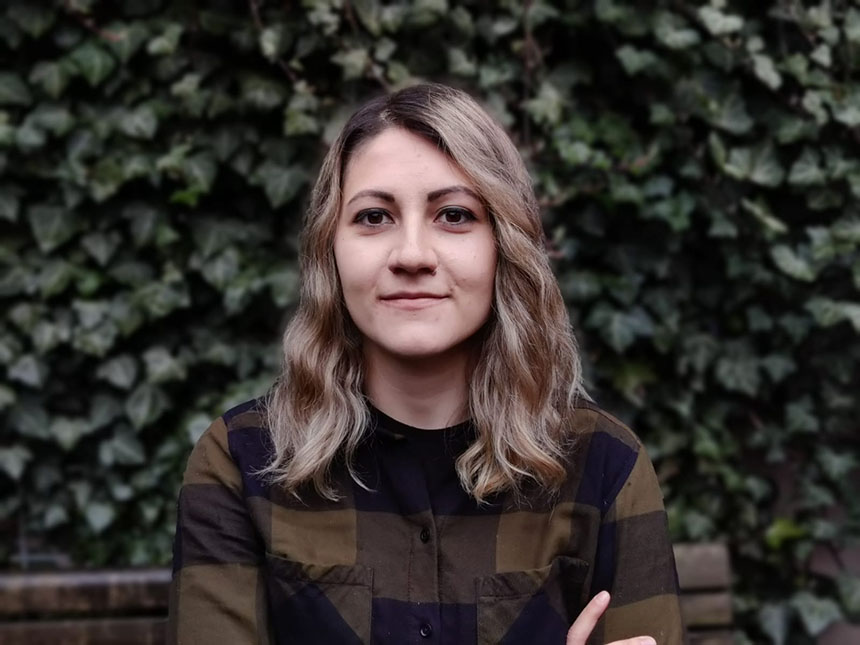An interview with our narrative analyst Diana Feilhauer

Diana Feilhauer, narrative analyst
What are the gains?
My experience as a narrative analyst working primarily with analysing answers to open ended questions is that they are the most effective tool for uncovering the truth about what people think and feel.
When someone replies verbally or in text to open ended questions, it it allows us to peek into their thought process and get closer to this person’s behavior, and since the decision of what to share is always in their own hands it does so without challenging their integrity.
Data generated by open ended questions often provides a deeper understanding and more useful insights than classical surveys. When there is no set structure in how to answer and people are not bound to preset alternatives, they are able to express themselves more freely and the choice becomes less biased. Further, by using open ended questions we are able to capture emotions and nuances in opinions that would otherwise be lost. So even if it might take longer time to analyse these datasets, the richness of the information makes it worth it every time.
How should you ask?
You want to ask the kind of questions that invite informative, clear and engaged replies. They need to be open enough for the respondant to get their thoughts flowing, but at the same time narrow enough to support relevant answers. So naturally, yes-or-no-questions is a no-go.
A second important element is to use language that everyone in the target group will understand. Simple and unambigious words and expressions are always a better choice than complex or unsual ones. You want to minimize the risk of misunderstandings as much as possible.
Lastly, keep it short. If the survey or interview is too long, people will get tired or restless at the end and you will end up with hasty, less engaged or worst case untrue answers. Try to design the setup so that each answer will encompass a lot of information. That way you don’t have to interrupt people’s reasoning or have a lengthy questionnaire.
When you use open ended questions, it is often possible to merge several very specific questions into one. For example, instead of asking:
“Even if the price on locally produced food was higher than imported alternatives, would you buy it?” (Yes, No, Maybe).
“If yes, why?”, “If no, why not?” and “If maybe, why so?”
You might use a question that encourages the respondant to speak freely about the subject, e.g.:
“Describe what you think about buying locally produced food versus imported food.”
Sometimes, people who are not used to open ended questions might not pick up the concept straight away, but in my experience that changes quite quickly once they notice that there is space for them to express themselves freely and that someone is actually curious to hear about their personal view. My advice is to see to it that they feel safe and relaxed and that there is space for them to pause, think and elaborate.
How does Parlametric work with open ended questions?
In some projects, we help customers to formulate questions and then we discuss them together. In other projects, customers write the questions and we apply our knowledge by giving feedback. However, we always make sure that we optimize the odds for receiving relevant, high-quality data.
Using open ended questions allows our studies to extend beyond what people think. They also capture how they express themselves in relation to the subject, which often gives clues about why they endorsed their current opinion. At Parlametric we primarily work with deeper knowledge, connected to why people think, feel and behave like they do.






